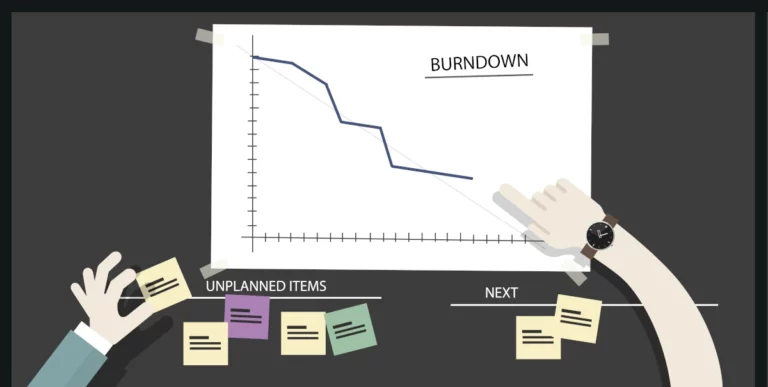The Fibonacci Sequence – Behind the Numbers
The Fibonacci sequence is a series of numbers where each number is the sum of the two preceding ones. It typically starts with 0 and 1. The sequence is named after the Italian mathematician Leonardo of Pisa, known as Fibonacci, who introduced it to Western mathematics in his 1202 book “Liber Abaci.”
The sequence is as follows:
[ 0, 1, 1, 2, 3, 5, 8, 13, 21, 34, 55, 89, \… ]
Historical Background
Leonardo Fibonacci first encountered these numbers while studying the reproduction of rabbits, and although he did not discover the sequence (it had been known in Indian mathematics for centuries), he popularized it in the West. The sequence has numerous applications in mathematics, nature, art, and more.
Applications in Agile Environment
In Agile methodologies, particularly in Scrum, the Fibonacci sequence is often used for estimating the relative size of tasks or user stories. This method is known as Fibonacci estimation or planning poker. Here’s how it’s applied:
- Relative Sizing: Teams use the sequence (e.g., 1, 2, 3, 5, 8, 13, 21) to estimate story points, which represent the effort required to complete a task. The non-linear progression helps to emphasize the uncertainty and variability in larger tasks.
- Simplicity: The use of Fibonacci numbers makes it simpler to differentiate between tasks. For instance, the difference between 1 and 2 is small, while the difference between 8 and 13 is significant, aiding in prioritization.
- Planning Poker: During planning sessions, team members use cards with Fibonacci numbers to estimate stories. Each member selects a card privately, and all cards are revealed simultaneously. If there’s a wide disparity, the team discusses the estimates until a consensus is reached.
Benefits in Agile
- Enhanced Accuracy: Using a non-linear scale accounts for the increasing uncertainty with larger tasks, and can lead to more accurate estimates.
- Improved Communication: The process encourages discussion and alignment within the team.
- Efficient Planning: Simplifies the estimation process, making it quicker and more intuitive.
Example in Agile Planning
Consider a team planning their sprint:
- Task A: Small bug fix might be estimated at 1 or 2 points.
- Task B: New feature with moderate complexity might be 5 points.
- Task C: Large, complex task might be 13 or 21 points.
The Fibonacci sequence helps the team quickly assess and agree on the effort required for different tasks, aiding in effective sprint planning and workload management.
In summary, the Fibonacci sequence is a mathematical series introduced to the West by Leonardo Fibonacci, and it is often used in Agile environments to facilitate accurate and efficient task estimation and planning.
Your team needs a Scrum Master?
Send me an email: achility(at)protonmail.com
Title image: Wikipedia – “Spiral of Fibonacci number over tiled squares” – Author: Romain








